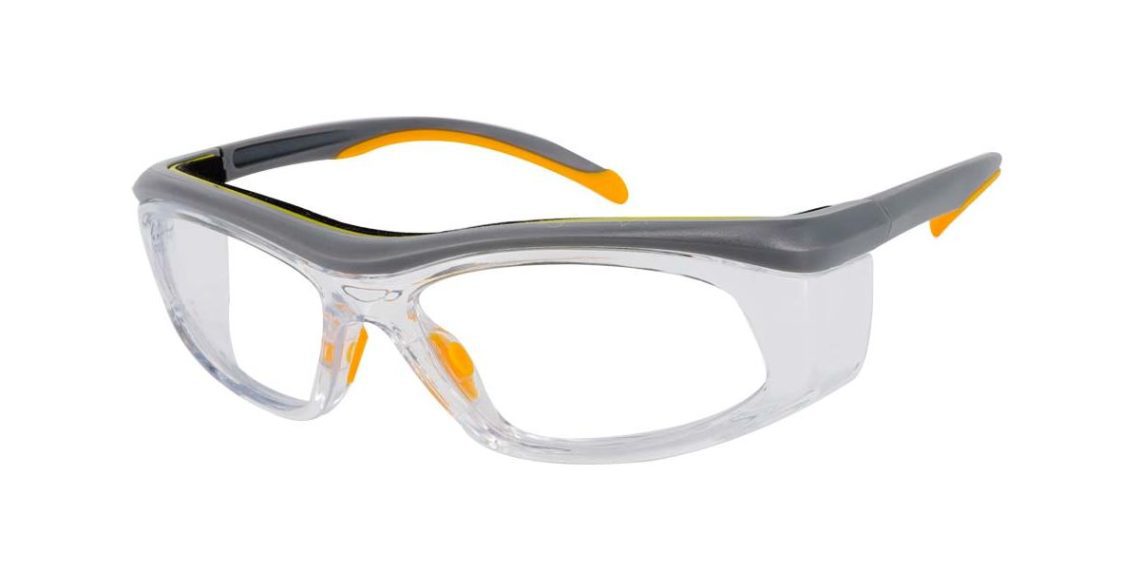Everyone who works in medicine is required to follow a set of safety protocols to ensure patients and physicians remain safe. Though certain practices like hand washing and sanitation of workstations are a given, there are other safety practices that unknowingly fall to the wayside when interacting with patients. With this, there are plenty of safety practices to apply to patient visits to make sure everyone remains healthy. Here are four patient safety facts every nursing student should know to help keep everyone healthy:
Table of Contents
1. Over 80% of bodily fluid exposure happens on the face; over 60% happens in the eyes.
Even with an abundance of caution and minimal activity, nurses are still at risk of exposure to bodily fluids, which increases the likelihood of interacting with pathogens and viral bacteria. Wearing protective goggles can help shield your eyes and to keep you from spreading germs. Some nurses choose to forgo protective eyewear because they find it uncomfortable, bulky, and obstructing. However, finding the right pair of prescription safety glasses can eliminate these problems altogether.
Whether you require safety glasses that have an anti-fog coating or you just need something that won’t keep sliding off of your face, there are plenty of selections to choose from that likely meet your needs. Adding protective safety glasses to your work uniform is a simple way to keep yourself safe, and depending on your selection, the best way to add something fashionable to your everyday scrubs.
2. Unsafe injection practices were responsible for exposing 75,000 people to hepatitis B and C between 1998 and 2009.
Over the past decade, the Center for Disease Control and Prevention (CDC) and the Safe Injection Practices Coalition (SIPC) have been working to educate the medical community about safe injection practices. It was made known that unsafe injection practices where healthcare workers did not follow basic protocol were the causes for the spread of hepatitis a decade before. To prevent mass viral spreads in medical facilities moving forward, the CDC and SIPC have formulated basic injection safety guidelines to adhere to when administering injections to patients.
Practices like washing your hands before and after administering a needle, using clean needles and syringes to administer medicine, and using one needle/syringe per person are common ways to prevent the spread of disease between you and your patients. However, a health practice that often goes overlooked is the practice of using a new syringe when accessing a common bag of saline or IV fluid for multiple patients. Doing these things will limit the possibility of cross-contamination and the spread of disease.
3. Stressors in nursing and medicine can produce injuries and diseases long-term.
The field of medicine is rarely short of stressful situations. While it is imperative that medical professionals learn to work well under stress, it is also important that they learn how to manage stress and burnout in their personal lives. If gone unchecked, long-term stress can contribute to serious health conditions such as anxiety, chronic pain, and heart disease.
Eating healthy, getting an adequate amount of sleep, and moving your body are all ways you can combat the effects of stress on your system. And when there’s barely any time to do the above, ensure you’re at least getting some fresh air in between shifts. Even if momentary, breathing in the fresh air can alert your senses and calm your body. Whatever brings peace to your system, do it for the sake of beating burn-out.
4. Approximately 50% of patients experience medication errors after being discharged from the hospital.
Medication misunderstandings are very common for patients, especially those leaving the hospital. Without proper direction or an understanding of the medication, patients are extremely likely to misinterpret treatment instructions. As their nurse, help guide your patients through their medication list and treatment instructions before they leave your office.
Ensuring your patients understand their medications and how it affects their overall health is an important part of patient safety. Be sure to explain medication dosage, side effects, and expectations for healing and recovery. Most times, offices provide a visit summary to present to the patient in writing. Think of this part of your patient visit as the cherry on top of the sundae—it completes your visit and puts the finishing touches on your patient’s experience.
Staying safe is easier when it is a part of your practice. Stressful situations are a given and messy scenarios are likely, but using safety practices to guide decision-making can keep you and your patients safe and healthy. And for your own personal safety, knowing how to destress goes a long way. Patients look to nurses for professionalism, knowledge, and safety. With continuous use of patient safety practices, you can ensure that your patients feel that they are in good hands.

